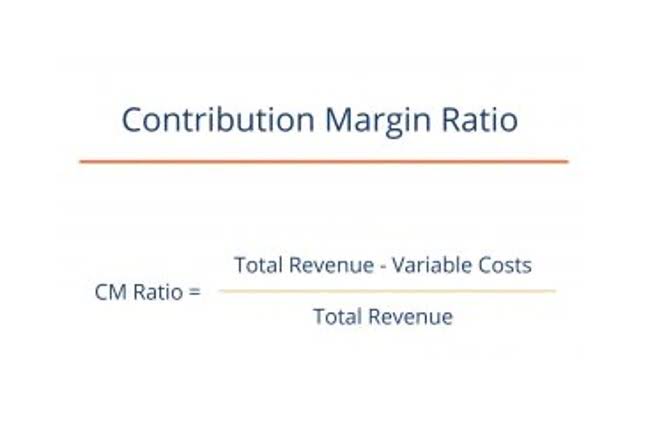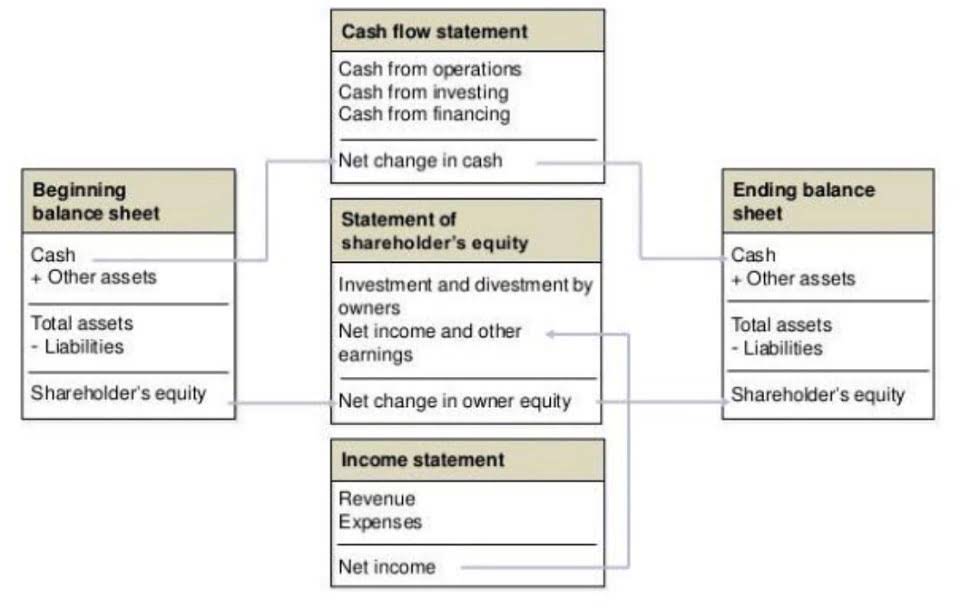
Sensitivity analysis explores how changes in market conditions could affect investment outcomes. These tools provide a comprehensive view of potential risks and help investors and businesses prepare https://adamwills.io/offshoring-vs-outsourcing-uk-accounting-firms/ for various market conditions. VaR measures and quantifies the level of financial risk within a firm, portfolio, or position over a specific time frame.
Is a Free House Valuation Really Accurate in Today’s Market?
Other types of risk management tools include decision trees and break-even analysis. While managing risk is an important part of running a business effectively, a company’s management only has so much control. In some cases, the best thing management can do is to anticipate financial risk and prepare for potential risks.

Step #3: Estimate Impact
It is important to understand that a risk history does not always imply a future risk too. Asset-backed risks arise when asset-backed securities become volatile when the value of the underlying securities also changes. A common category of asset-backed can be understood by the following example.
- It underscores the importance of carefully managing financial risk and the potential consequences of failing to do so.
- Let’s explore the details of what is financial risk and how to navigate its ever-present presence in our financial lives.
- Financial risk, on the other hand, is concerned with the costs of financing and the amount of debt you incur to finance your operations.
- It occurs in real estate or other illiquid investments where assets can’t be quickly sold.
- While they can provide opportunities for higher returns, innovation, and growth, they can also lead to significant losses, uncertainty, volatility, and regulatory response.
- Hundreds of markets all in one place – Apple, Bitcoin, Gold, Watches, NFTs, Sneakers and so much more.
Time vs. Risk
- Another crucial aspect of mitigating financial risk is implementing robust risk management practices.
- When the housing market bubble burst and homeowners began defaulting on their mortgages, the value of these financial products plummeted, leading to significant losses for many banks and investors.
- The goal is to make banks stable and prevent future financial crises.
- Credit risk can be mitigated through insurance and collateral, but some parties may still default.
- Take into account both external and internal factors when carrying out a financial risk assessment.
- Risk checklists are practical tools to consider and address all potential risks.
For example, businesses may purchase liability insurance to protect against potential legal claims. In this article, we will explore financial risk in more detail and discuss effective strategies for managing it. To address these challenges, delegating financial risk management to external experts becomes essential. External experts can provide specialized skills, keep abreast of regulatory changes, and offer a fresh perspective on risk mitigation strategies.
- When the Federal Reserve raised interest rates, the value of SVB’s bond portfolio dropped, resulting in significant losses.
- It was made to protect investors from fraudulent activities by corporations.
- Financial risk is important because it represents the potential for loss or negative impact on an individual or business’s financial stability.
- Changes in policies, markets, or crises in one part of the world can harm companies everywhere.
- You may take even some welcomed financial risks because they hold the possibility for new opportunities and growth.
- Mismanagement of a company’s functions, finances, and/or its employees can also result in high operational risk.
Interest Rate Risk

Download Black by ClearTax App to file returns from your mobile phone. Credit scoring technology can help you make informed decisions about lending or accepting payments from customers. It’s widely used by credit card companies, banks, and buy-now-pay-later agencies to get applications approved faster. This collaborative approach encourages a proactive approach to risk management, which can help prevent costly mistakes and lawsuits. Liquidity risk occurs when the individual, company, or institution has to sell their assets at a lower value than they acquired it for, which can result in bankruptcy. This technology analyzes the credit history to identify defaults, late payments, and other factors that deem an applicant non-creditworthy.
Operational Risk:
It emanates from legal changes or lawsuits; for instance, a contract risk or a new regulation that might render a profitable business model nonviable. Financial risk, market risk, and even inflation risk can at least partially be moderated by forms of diversification. Financial risk measurement, pricing of financial instruments, and portfolio selection are all based on statistical models. If the model is wrong, risk numbers, prices, or optimal portfolios are wrong.
- Businesses need to act responsibly and communicate well to keep the trust of their customers and the public.
- Debt management and reduction involves strategically handling and minimizing liabilities to improve financial health.
- Currency risk is the risk that foreign exchange rates or the implied volatility will change, which affects, for example, the value of an asset held in that currency.
- Analysts must monitor these events closely to manage risks and adjust investment strategies accordingly.
- Any action you take based on the information found on cgaa.org is strictly at your discretion.
- For example, if the dollar strengthens against the euro, your investments in Europe could be worth less in dollars.

Non-financial sources of risk include operational risk, reputational risk, and compliance risk. Regular risk assessments should be scheduled at least annually, and quarterly meetings with key stakeholders can help discuss and manage financial risks. These periodic risk assessments serve as benchmarks for the company, demonstrating progress year-over-year and helping businesses prepare for potential financial pitfalls. Capital management involves managing a business’s financial resources to ensure it has sufficient funds to meet its obligations and invest in growth opportunities. Effective capital management can help businesses mitigate financial risk and https://www.bookstime.com/articles/taxpayer-bill-of-rights-understanding-your-rights-as-a-business-owner reduce the likelihood of financial distress. Risk assessment and management involve identifying potential risks and taking steps to manage and mitigate them.